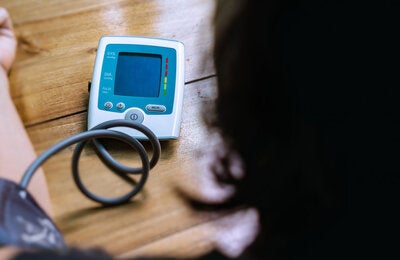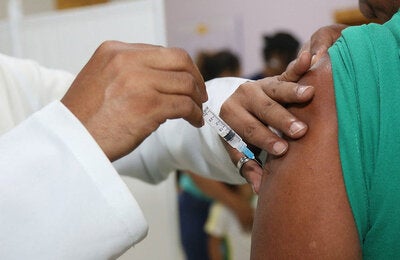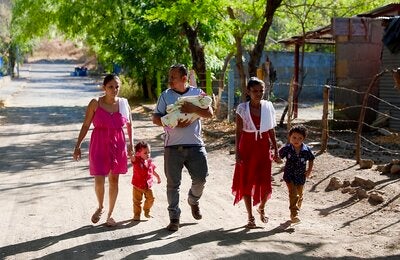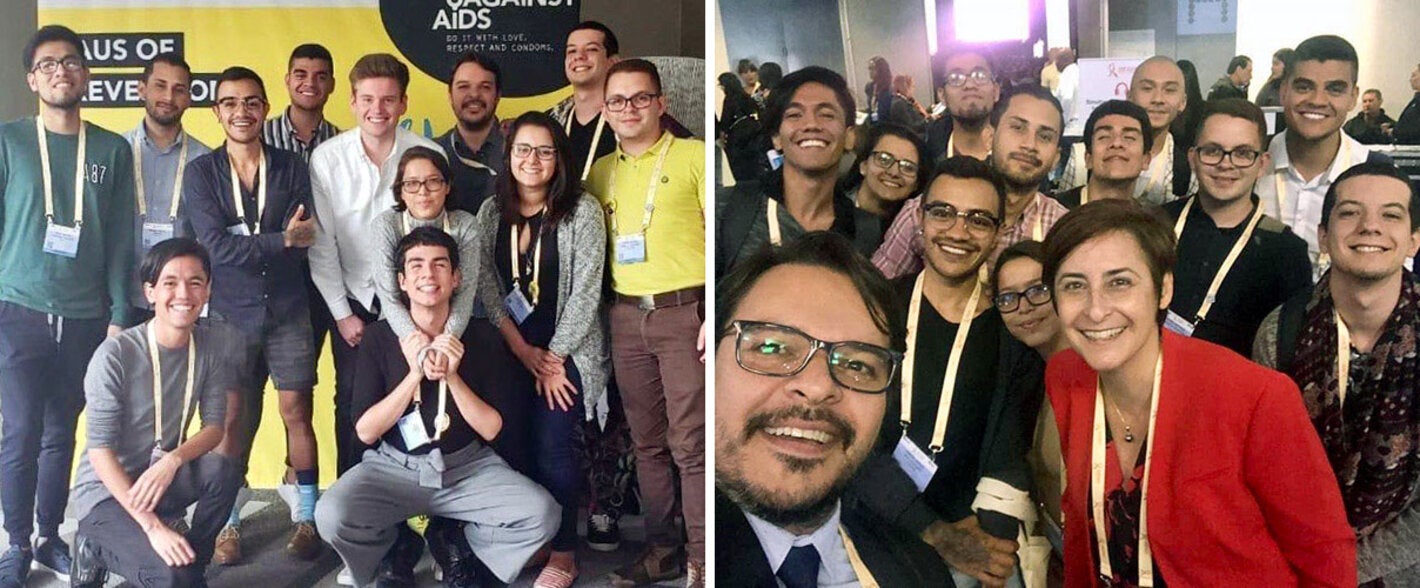
19 August 2019 (UNAIDS/PAHO)—A dozen young people from nine different countries in Latin America came together recently at the 10th International AIDS Society Conference on HIV Science in Mexico City, Mexico, to develop a new youth-friendly communication strategy related to HIV prevention for young gay men and those having sex with other men.
Although the 12 had never met face-to-face before, they had held several virtual meetings to pave the way for the Conference in July, and a two-day workshop organized by the Latin American HIV-Positive Youth Network (J+LAC), with support from the Pan American Health Organization/World Health Organization (PAHO/WHO), UNAIDS and UNICEF.
Every year in Latin America, an estimated 100,000 people become newly infected with HIV—a number that has not changed over the past decade, and 73% of them are males. In 2018, young people between the ages of 15 and 24 years accounted for one-fifth of all new HIV infections in the region. Gay men and other men who have sex with men are particularly affected, accounting for 40% of all new infections.
“We need to remind the world that we cannot talk about prevention without including young people in the conversation. We must make the world realize that we are involved and committed,” said Kenia Donaire, a 22-year old Honduran who was born with HIV.
PAHO/WHO, UNAIDS, and UNICEF are strong advocates for the involvement of young people not only as beneficiaries of services but also as partners and leaders in the design, development, implementation, and monitoring and evaluation of policies and programs.
“Too often, young people are not at the decision-making tables creating the programs they need to protect themselves from HIV. You have the potential to set an example on how young people can lead, advocate, create demand and deliver tailored services to end the epidemic. We need new ways to communicate, generate demand and link young people at higher risk of HIV to services,” said Shannon Hader, UNAIDS Deputy Executive Director.
Young people living with HIV in Latin America have been working together to design an HIV prevention communications strategy for young gay men and those having sex with other men. In advance of the conference, they worked together to map existing communications campaigns and initiatives on combination prevention of HIV and other sexually transmitted infections. They also discussed ways to translate complex scientific content into effective key messages for their peers.
“Young men who have sex with men and other vulnerable youth need access to HIV prevention information in a way that makes sense to them,” said Maeve de Mello, regional advisor on HIV prevention at PAHO. “We are very pleased to support this talented group of young people. Their personal experience and voices will better prepare us to address this public health concern in a way that adults alone cannot”.
At the conference, they shared their ideas with leading health and communications experts and discussed digital strategies to reach young people with compelling messages on HIV prevention and ending stigma and discrimination.
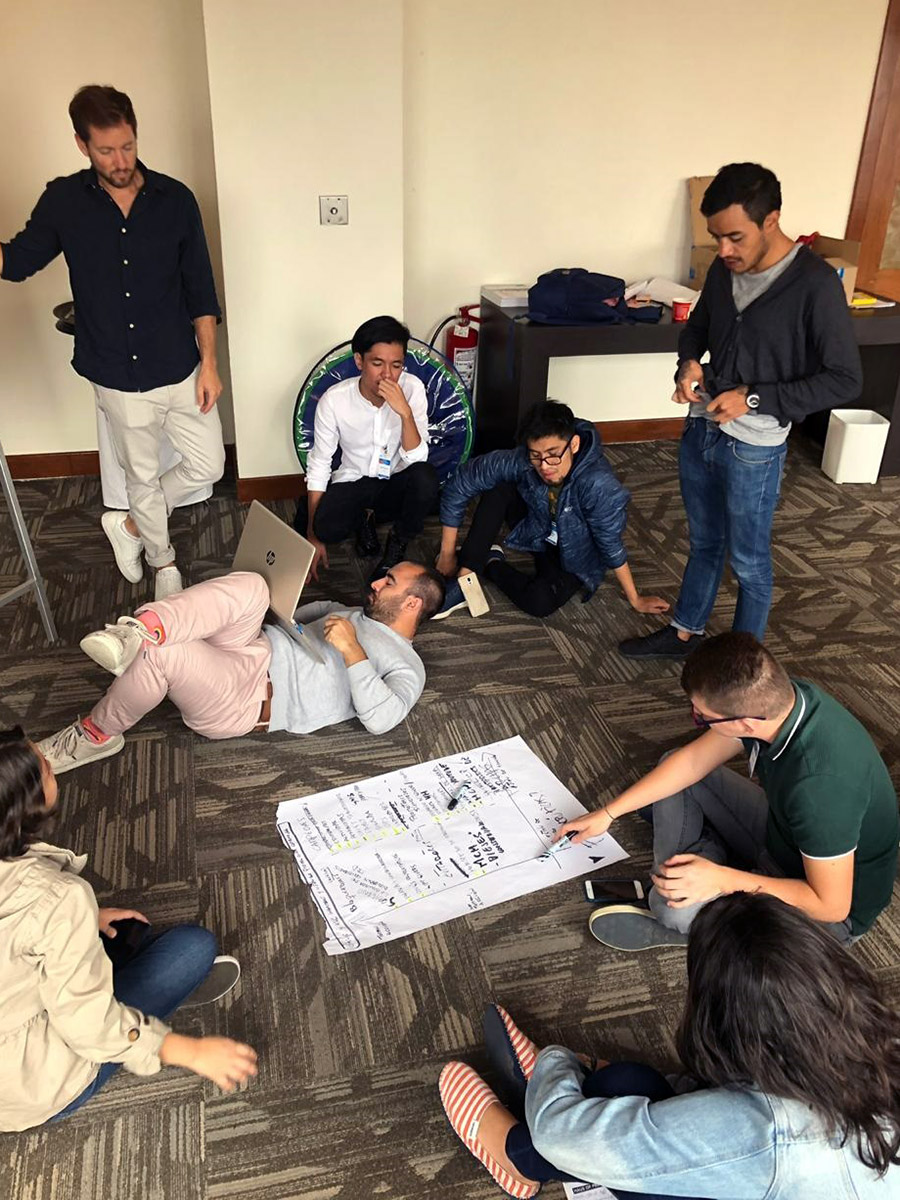
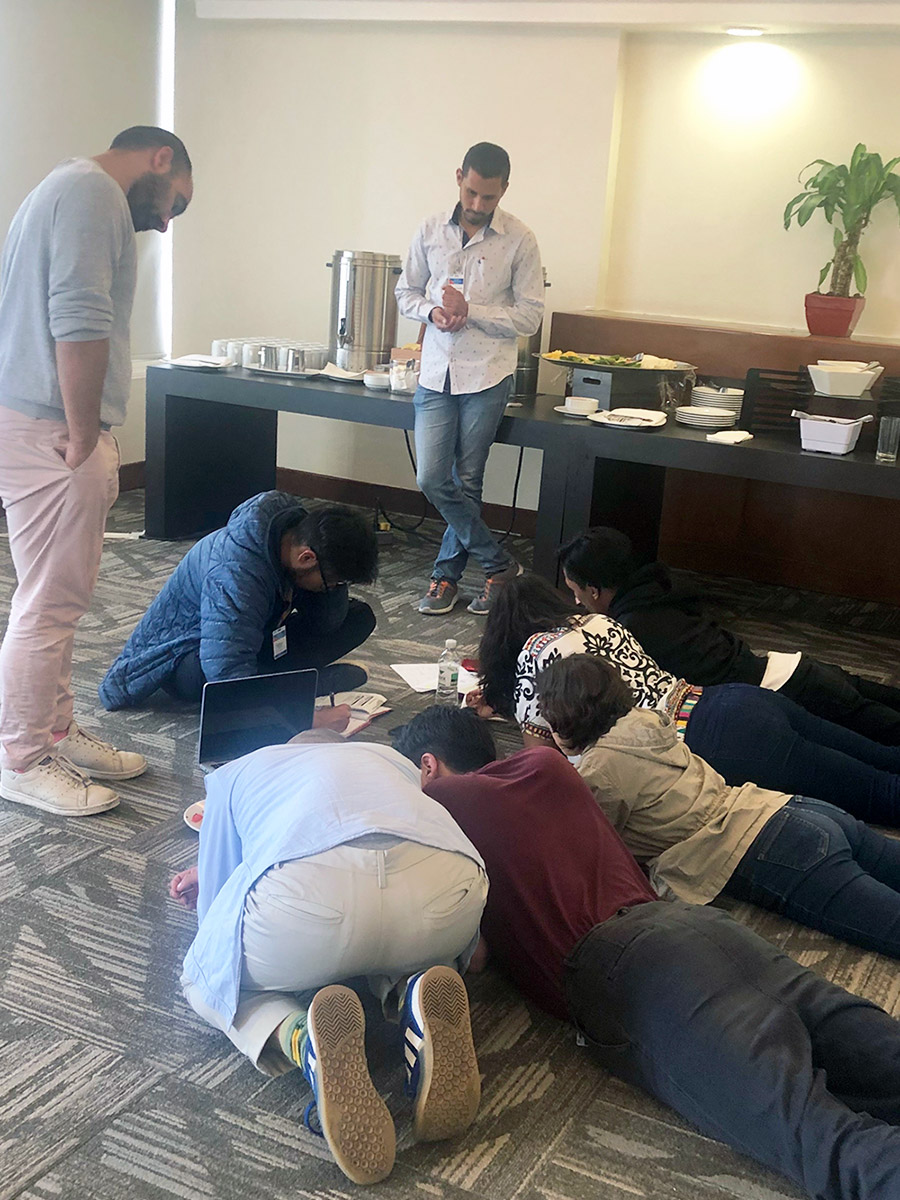
“Learning about the latest advances and successful experiences in the response to HIV, as well as from experts in digital communication from YouTube was a really enriching experience,” said Horacio Barreda, one of the J+LAC coordinators. “We need a communication strategy that focuses on the needs and affinities of young gay people, who live their lives in the virtual and offline worlds.”
“This is a successful start of an important journey through which we believe we will reach Latin American youth in all its diversity,” he added.
The group now plans to take their strategies and advice to key stakeholders in the response to HIV, including ministries of health, United Nations agencies, and other partners.

